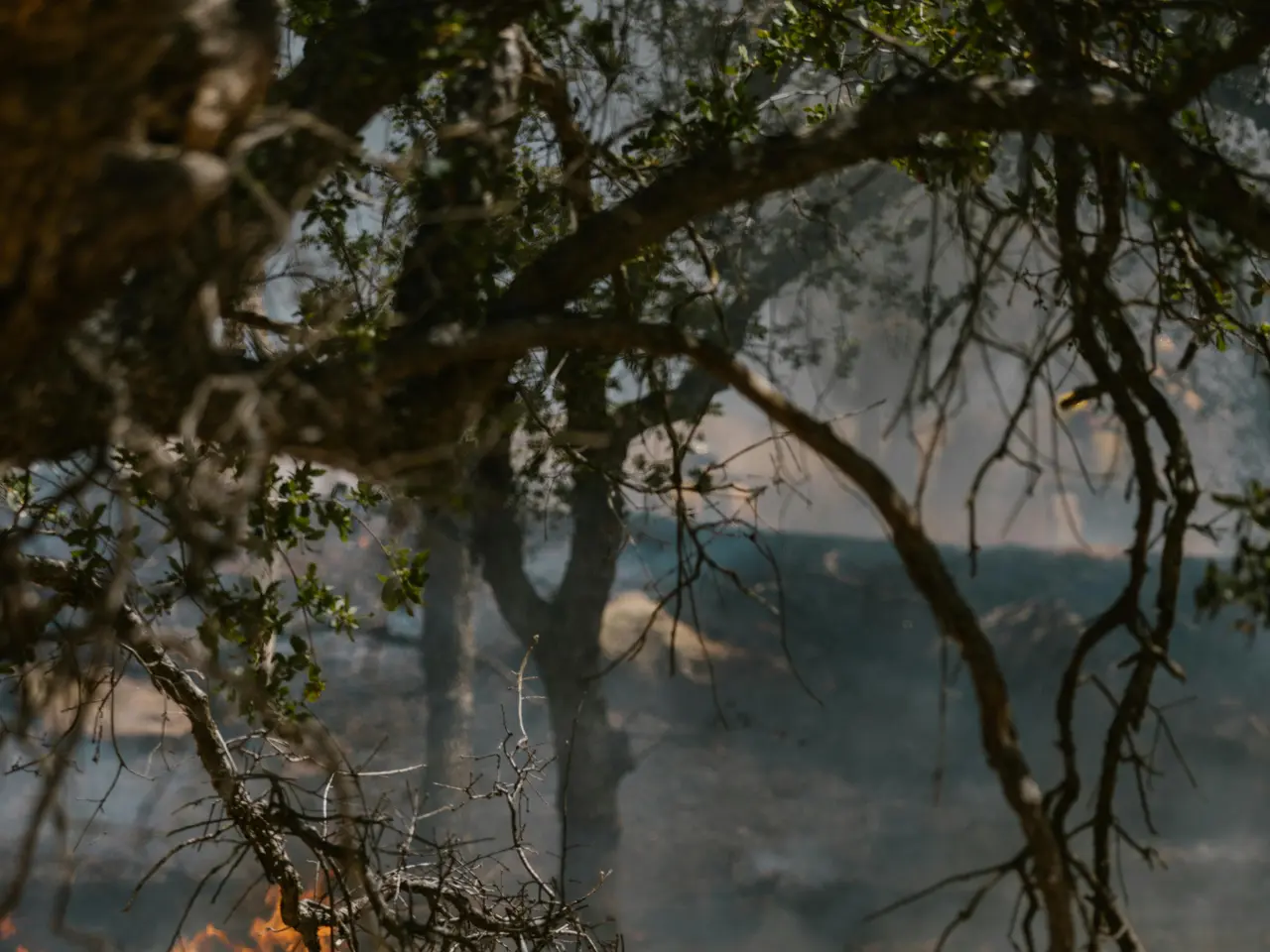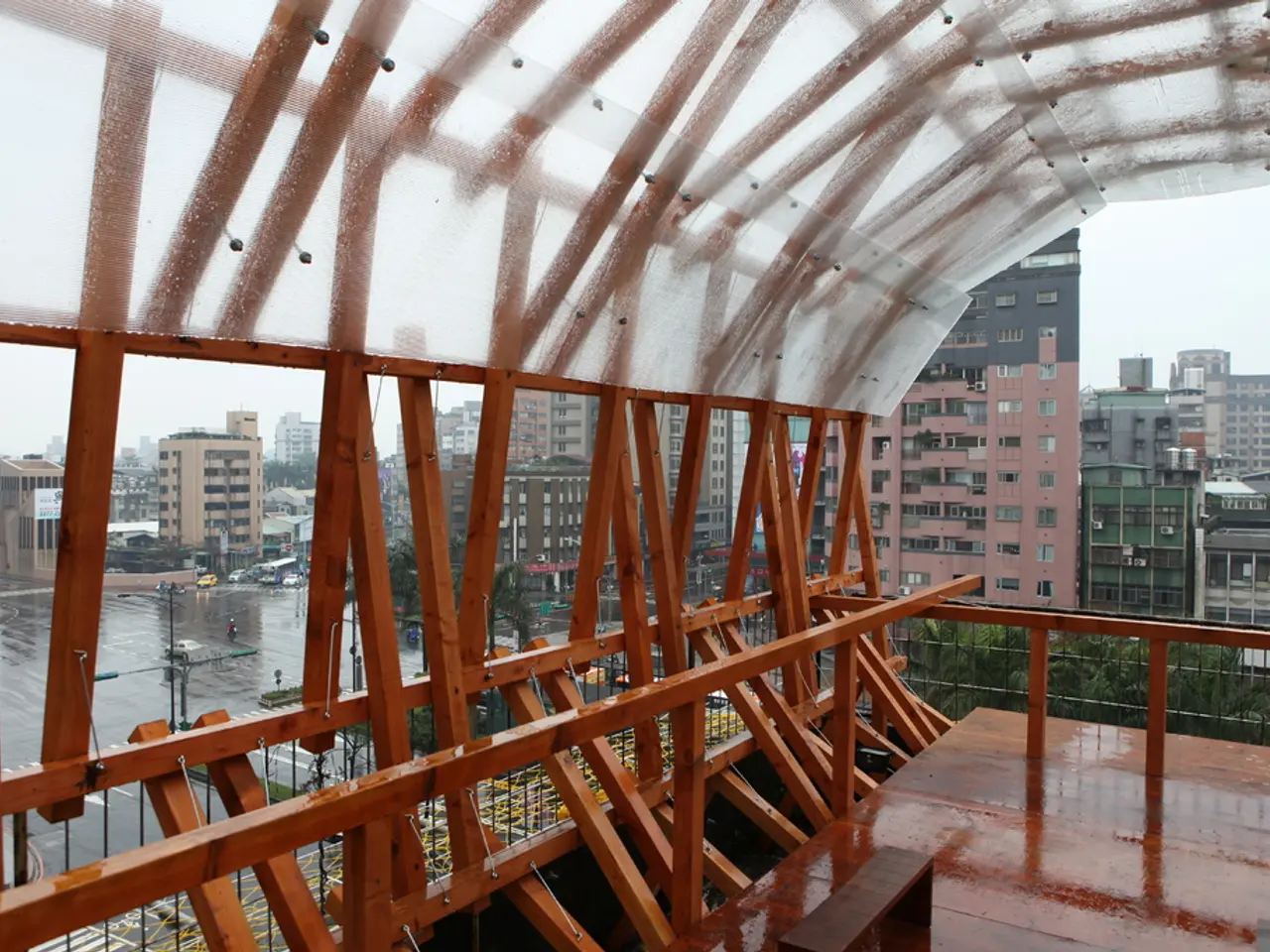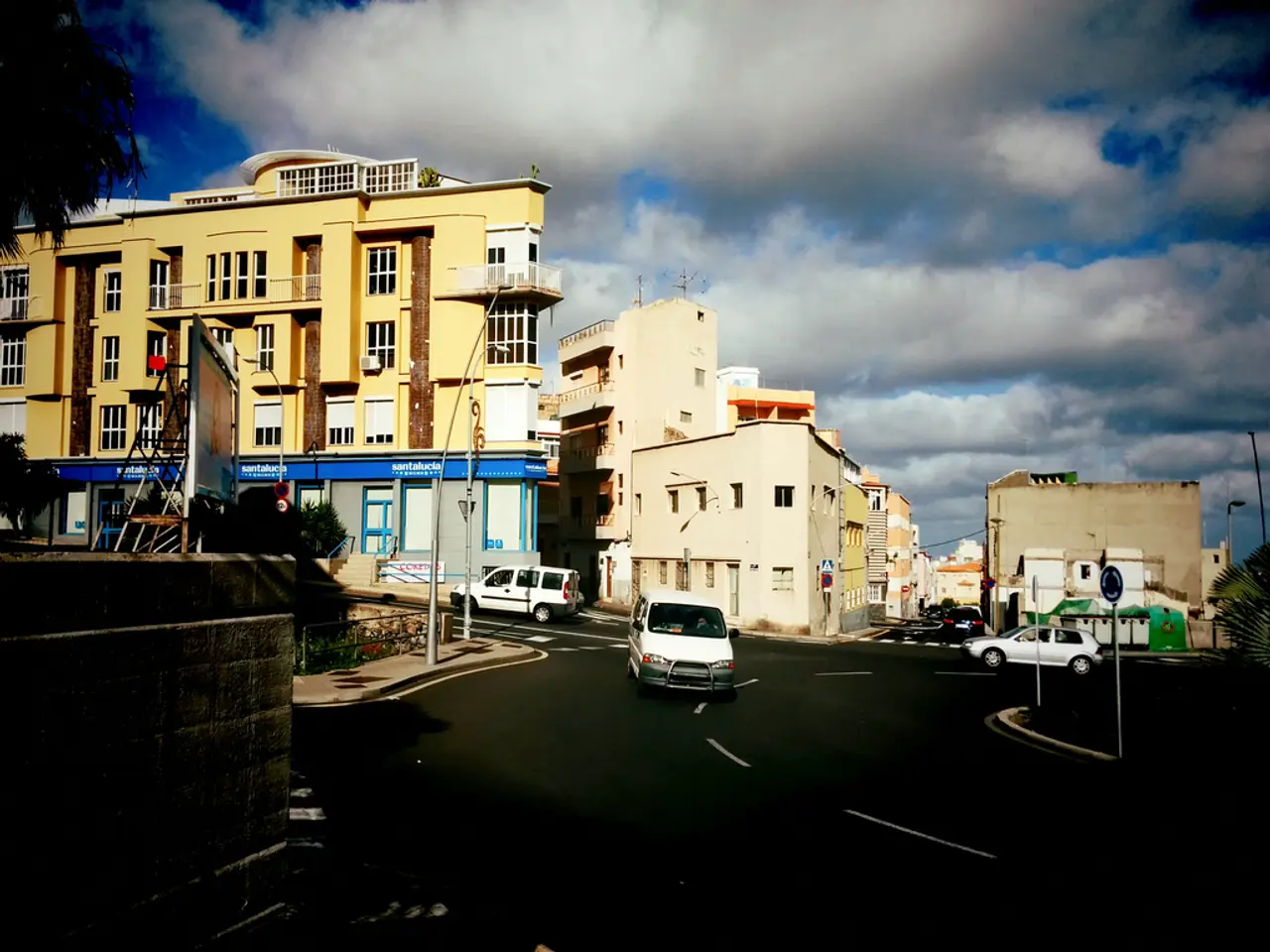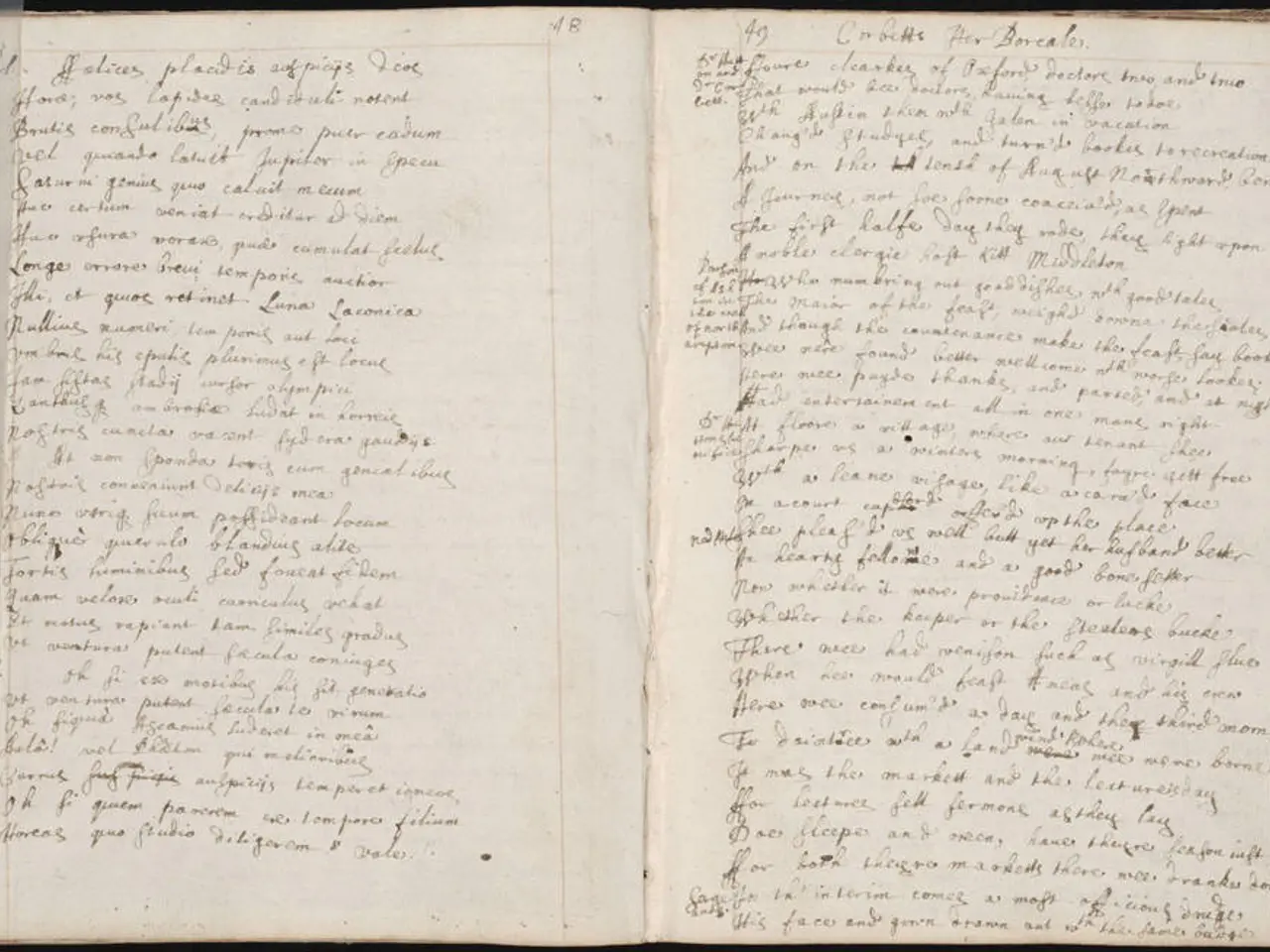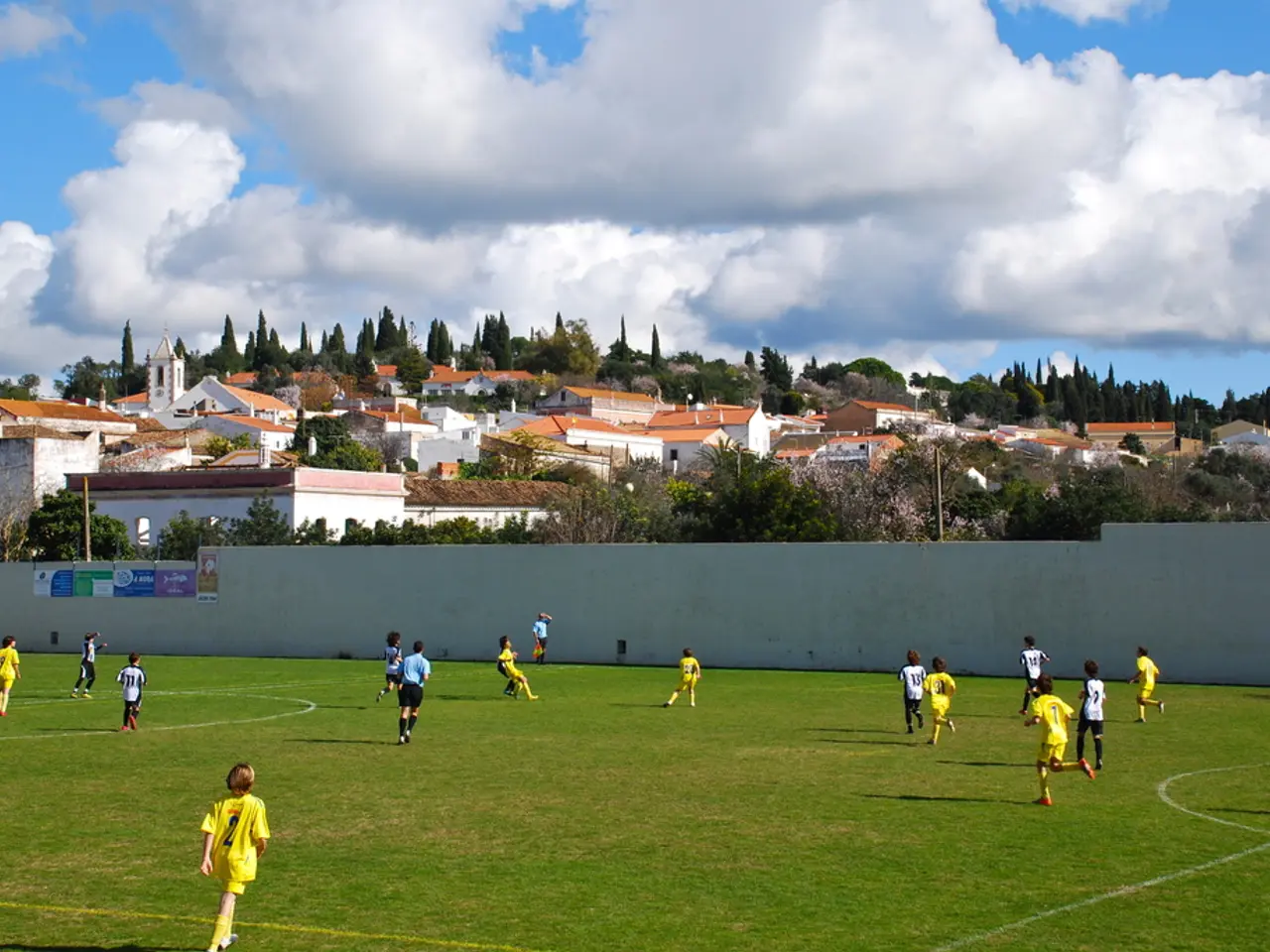Iceland experiences another volcanic eruption
In the southwestern region of Iceland, the Reykjanes Peninsula is currently experiencing its twelfth volcanic eruption in over four years. This latest event, which began on July 16, 2025, is the ninth in the Sundhnúkagígar fissure area and the twelfth on the Reykjanes Peninsula overall.
Since 2021, the Reykjanes Peninsula has witnessed a surge in volcanic activity, marking the end of nearly 800 years of dormancy. The most recent eruption, like its predecessors, has forced evacuations of local residents and tourists, with Grindavík, a fishing town with a population of nearly 4,000, and nearby tourist sites such as the famous Blue Lagoon spa, being evacuated as a precaution.
The current eruption is relatively small, according to the Icelandic Meteorological Office, despite its dramatic appearance. Lava flows and gas plumes have been observed, but the event has not resulted in significant ash emissions that would disrupt air travel. As a result, international flights have not been grounded, and Keflavik airport has not experienced any expected impacts.
The eruption site is not currently posing an immediate threat to the nearby fishing town of Grindavík or infrastructure in the region. However, protective measures have been implemented, such as constructing earthen barriers to divert lava flows, and authorities continue to monitor gas emissions and seismic activity closely.
The Reykjanes Peninsula is now in an active volcanic phase, with eruptions occurring at an unprecedented rate compared to the previous centuries. While individual events have so far been contained, the ongoing activity poses a persistent risk to local communities and infrastructure, necessitating continued vigilance and preparedness.
| Period | Number of Eruptions | Notable Events | Evacuations | |-----------------|---------------------|-----------------------------------------------------------|---------------------------| | Since 2021 | 12 | Reactivation after 800-year dormancy, fissure eruptions | Grindavík, Blue Lagoon | | July 16, 2025 | Most recent | Sundhnúkagígar fissure, lava flows, gas plumes | Campsite, tourist sites |
As the Reykjanes Peninsula continues to experience volcanic activity, authorities are urging tourists to respect safety measures and refrain from entering the danger zone. Many tourists are watching the spectacle from a safe distance, with the police preventing sightseers from entering the area.
The ongoing volcanic activity in the Reykjanes Peninsula, particularly scientific research in environmental-science, has created an opportunity for studying the impact of space-and-astronomy phenomena on terrestrial environments. This new data could help weather scientists better predict and manage future volcanic events.
Meanwhile, the current eruption in the Reykjanes Peninsula, ongoing since July 16, 2025, has influenced both local and global weather patterns, as volcanic ash emissions can affect cloud formation and impact climate systems. These effects will be analyzed further by meteorological teams to understand the long-term implications of this volcanic event.

